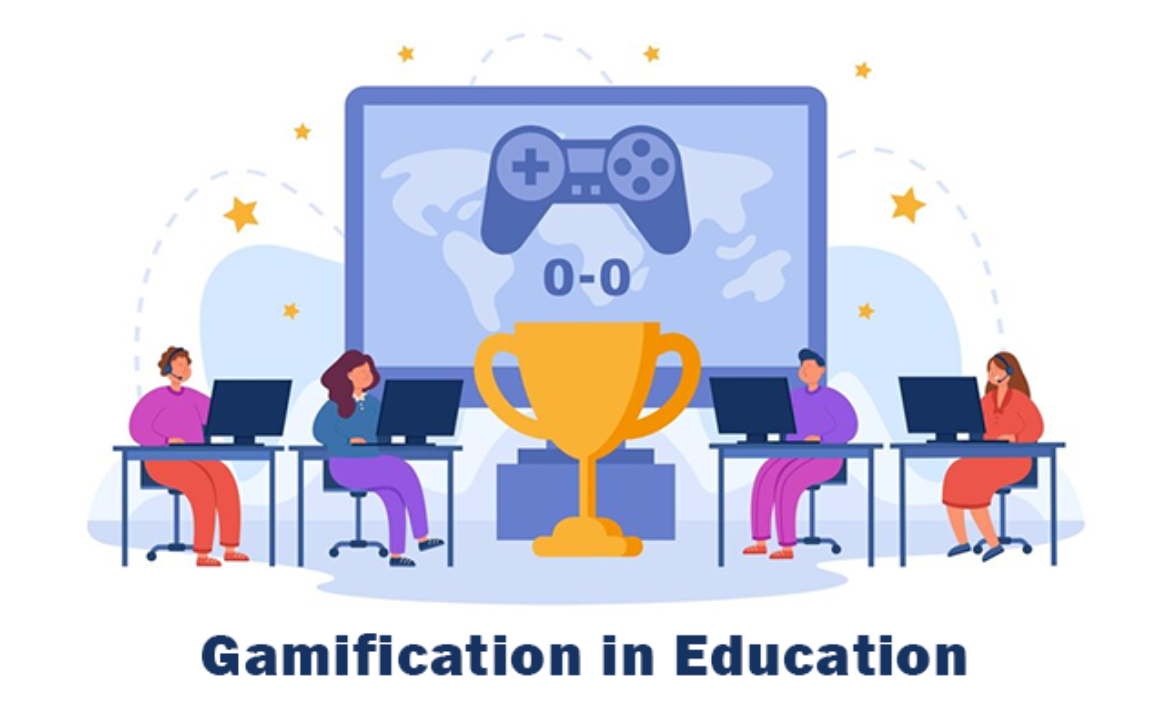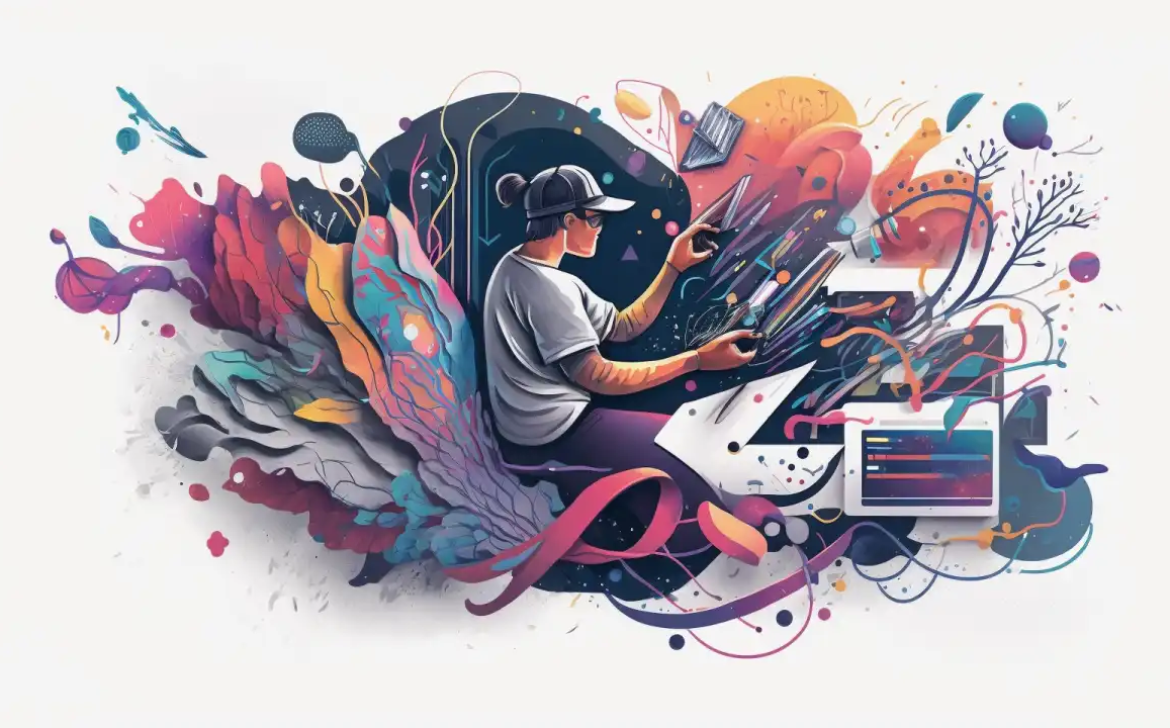Sustainable Tech Innovations: From Solar Roads to Ocean Cleanup Arrays
In a world grappling with environmental challenges, sustainable technology innovations are emerging as powerful tools to address pressing issues like climate change, pollution, and resource depletion. From transforming roadways into energy sources to combatting plastic pollution in our oceans, these innovations are paving the way for a greener and more sustainable future. In this blog, we’ll dive into two remarkable sustainable tech innovations: solar roads and ocean cleanup arrays.
Solar Roads: Paving the Path to Clean Energy
The concept of solar roads, once confined to the realm of science fiction, is now becoming a reality. These innovative roadways are embedded with solar panels that harness the sun’s energy and convert it into electricity. By seamlessly integrating solar technology into our infrastructure, solar roads offer several promising benefits:
- Renewable Energy Generation: Solar roads generate clean and renewable energy from an otherwise underutilized surface. This energy can power homes, businesses, and even contribute to the grid.
- Reduced Carbon Footprint: By producing electricity without emitting greenhouse gases, solar roads help reduce carbon emissions, a critical step in mitigating climate change.
- Enhanced Sustainability: The energy generated by solar roads can be used to power streetlights, electric vehicle charging stations, and other urban infrastructure, reducing the reliance on non-renewable energy sources.
- Improved Resilience: Solar roads can incorporate smart technologies that monitor road conditions and adapt to weather changes, enhancing road safety and durability.
- Urban Aesthetics: Integrating solar panels into roadways offers a visually appealing way to incorporate sustainable solutions into urban landscapes.
Ocean Cleanup Arrays: Cleaning Our Blue Planet
Plastic pollution poses a severe threat to our oceans and marine life. Enter ocean cleanup arrays, an ingenious approach to addressing this crisis. These arrays consist of floating devices strategically placed in ocean currents to capture and remove plastic waste. The benefits of ocean cleanup arrays extend far beyond waste removal:
- Marine Conservation: By preventing plastic from breaking down into harmful microplastics, cleanup arrays safeguard marine ecosystems and protect marine animals from ingestion and entanglement.
- Global Impact: Deploying cleanup arrays in key oceanic regions can intercept plastic waste before it spreads across vast distances, curbing pollution at its source.
- Awareness and Education: Ocean cleanup initiatives raise public awareness about the dire state of our oceans, inspiring collective action and responsible consumption.
- Resource Recovery: Recovered plastic waste can be recycled and repurposed, contributing to a circular economy and reducing the demand for virgin plastics.
- Collaborative Solutions: The development of cleanup arrays encourages international collaboration and partnerships to address a shared global challenge.
Conclusion
Sustainable tech innovations like solar roads and ocean cleanup arrays exemplify human ingenuity in the face of environmental crises. As these technologies continue to evolve and gain traction, they hold the potential to drive transformative change on a global scale. By harnessing the power of the sun to reshape our infrastructure and utilizing cutting-edge solutions to combat ocean plastic pollution, we are taking vital steps towards creating a more sustainable and harmonious world for current and future generations. As consumers, advocates, and stakeholders, it is our collective responsibility to support and champion these innovations to ensure a greener and brighter future for all.










